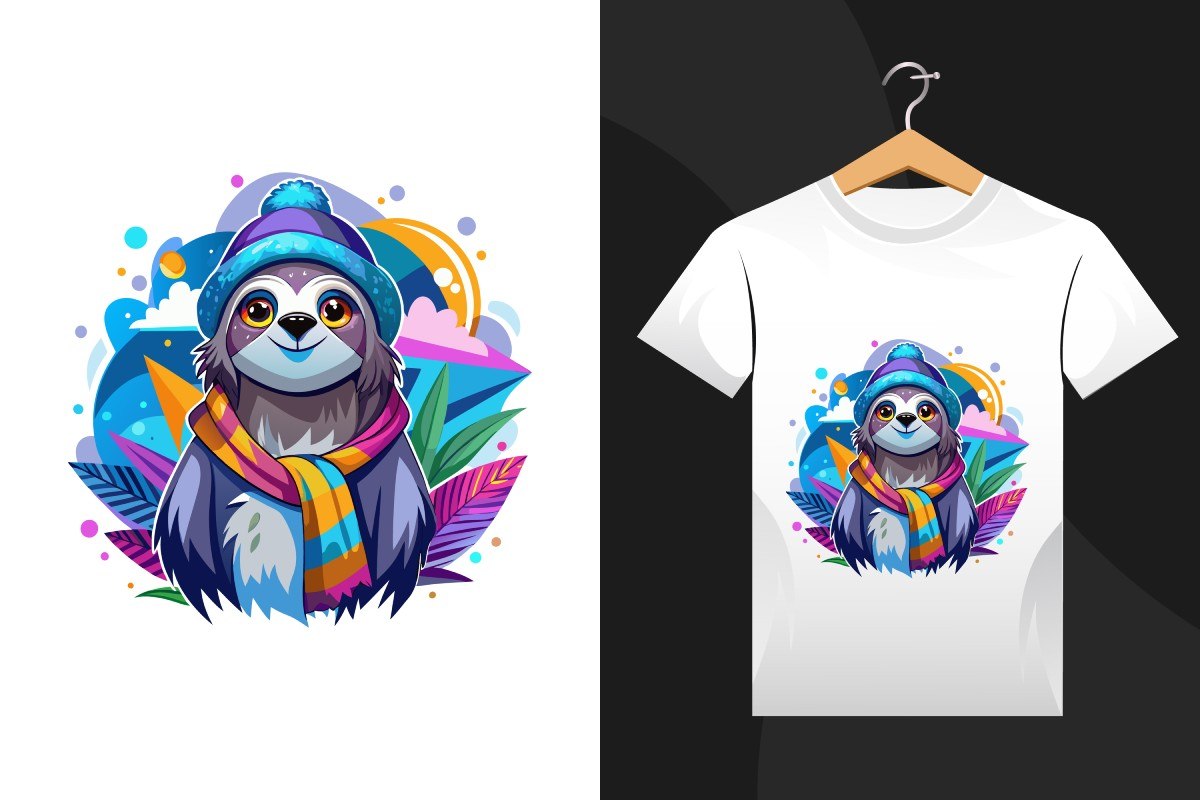
DTF Transfer: The Ultimate Printing Guide
What Are DTF Transfers and How Do They Work?
DTF transfers (Direct to Film transfers) are an innovative printing technique that allows for high-quality, full-color designs to be applied to various fabrics. Unlike traditional methods like screen printing or sublimation, DTF printing does not require pretreatment and works on cotton, polyester, and blended materials. The process involves printing a design onto a special film, applying adhesive powder, curing the print, and then transferring it to fabric using heat and pressure.
Advantages of Using DTF Transfers
Choosing DTF transfers comes with several benefits that make them superior to other printing methods. They allow for highly detailed, full-color prints with no color limitations. Unlike sublimation, DTF works on both light and dark fabrics, providing excellent versatility. The prints are soft to the touch yet highly durable, resisting cracking and peeling after multiple washes. Additionally, DTF transfers eliminate the need for costly screen setups, making them perfect for small businesses and custom apparel printing.
Essential Materials Needed for DTF Transfers
To achieve high-quality DTF transfers, using the right materials is essential. A DTF printer with pigment-based inks ensures vibrant and long-lasting colors. PET transfer films act as the base where designs are printed before application. Adhesive powder enhances bonding between the ink and fabric, ensuring durability. A heat press is required to transfer the design onto garments with the correct temperature and pressure settings. Investing in premium materials leads to professional-grade results.
Step-by-Step Process for Creating DTF Transfers
Producing high-quality DTF transfers involves multiple key steps. First, the design is printed onto a PET transfer film using DTF ink. Next, adhesive powder is applied to the wet ink to create a strong bond. The printed film is then cured at a controlled temperature to activate the adhesive. Once cured, the design is placed onto the fabric and heat-pressed for 15-20 seconds. Finally, the film is peeled away, leaving behind a vibrant and durable print.
Common Mistakes to Avoid in DTF Transfers
Even with a simple process, mistakes can occur in DTF transfers that affect print quality. Using low-resolution designs can result in pixelated or blurry prints. Improper heat press settings may lead to peeling or weak adhesion. Applying too much or too little adhesive powder can cause uneven bonding. Storing transfer films in humid conditions can affect ink absorption and release. Avoiding these common issues ensures smooth and professional DTF prints.
How to Maintain and Store DTF Transfers
Proper storage of DTF transfers ensures their longevity and usability. Store transfer films in a cool, dry place away from direct sunlight to prevent moisture absorption. Keep them in a flat position to avoid curling, which can interfere with printing accuracy. If prints are not being used immediately, store them in protective sleeves or airtight containers. Following these steps will help maintain the quality and durability of your DTF transfers for future use.
Scaling Your Business with DTF Transfers
For entrepreneurs, DTF transfers offer a profitable business opportunity due to their low production cost and high demand. Custom apparel printing is in high demand, and offering DTF prints allows for unlimited design possibilities. Selling pre-made transfers enables businesses to cater to customers without maintaining large inventory stock. Expanding to wholesale DTF transfers for other print shops can generate additional revenue streams. With the right strategy, DTF transfers can become a lucrative business model.
Conclusion
DTF transfers have revolutionized fabric printing, providing a versatile and high-quality solution for custom designs. By following the correct process and using premium materials, businesses and individuals can achieve professional-grade results. Proper maintenance, correct heat press settings, and avoiding common mistakes will ensure long-lasting prints. Whether you are starting a small business or looking for a better printing method, DTF transfers offer flexibility, durability, and unlimited creative potential.
FAQ
- What is the main advantage of DTF transfers?
- DTF transfers allow full-color prints on a wide range of fabrics, including cotton, polyester, and blends, without the need for pretreatment.
- How long do DTF transfers last?
- When properly applied and cared for, DTF prints can last for over 50 washes without fading or cracking.
- Can I use a regular printer for DTF transfers?
- No, you need a specialized DTF printer that supports pigment-based inks and PET transfer films.
- Do DTF transfers work on dark fabrics?
- Yes, unlike sublimation, DTF transfers work on both light and dark fabrics without needing a white underbase.
- What temperature should I use for heat pressing DTF transfers?
- Most DTF transfers require pressing at 160-180°C (320-356°F) for 15-20 seconds.
- Why is my DTF print peeling?
- Peeling can occur due to incorrect heat press settings, low-quality adhesive powder, or improper film peeling techniques.
- Can I wash garments with DTF prints in a washing machine?
- Yes, but it is recommended to wash inside out with mild detergent and avoid high heat drying to preserve the print.
- Are DTF transfers more durable than screen printing?
- In many cases, DTF prints are more flexible and resistant to cracking compared to screen-printed designs.
- How should I store unused DTF transfer films?
- Store in a dry, cool place, away from humidity and direct sunlight, to prevent ink deterioration.
- Is DTF printing good for small businesses?
- Yes, DTF transfers are cost-effective, require minimal setup, and provide high-quality prints, making them ideal for small businesses.






